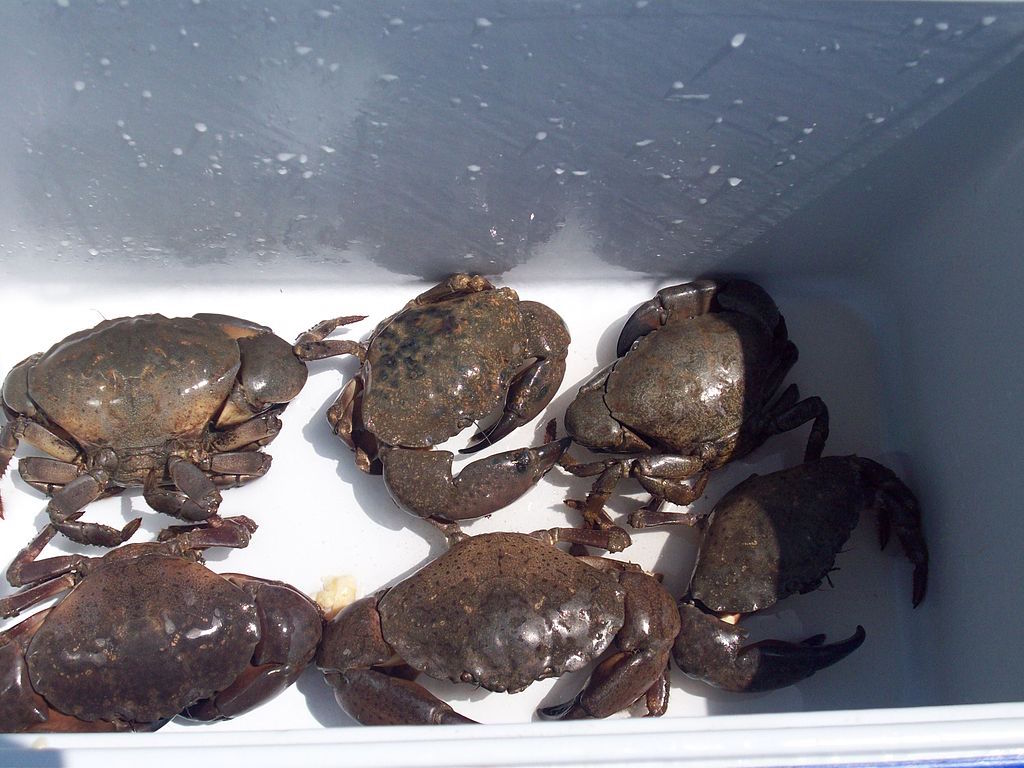Be sure to follow local rules and regulations when harvesting stone crab claws. Take information direction from official sources to ensure accuracy.
Stone crabbing, or catching stone crab, is not as easy as most people imagine.
Stone crabbing success requires that a stone crabber have proper equipment, bait, and knowledge of regulations and seasons.
Here are some general instructions for catching stone crabs:
Stone crabbing equipment
Stone crabbing requires the following equipment:
- Stone crab trap
- A dip net
- A measuring gauge.
Stone crab traps can be purchased, or sometimes rented.
Stone crabbing traps must be marked with the crabber’s name and address.
A dip net is used to scoop the crabs out of the water.
A measuring gauge is used to ensure that the claws are of legal size.
Stone Crabbing Locations
Stone crabbing locations are typically found in saltwater environments such as estuaries, bays, and mangrove swamps.
Favorite stone crabbing locations often include areas with rocky bottoms or oyster beds, as these are prime habitats for stone crabs.
Stone crab traps are also sometimes set along the perimeter of seagrass flats, where stone crabs live, hutn and congregate.
Stone crab trap bait
Stone crabs are attracted to fish and other seafood.
Many stone crabbers use bait like mullet, menhaden, or squid to attract them to your traps.
Setting stone crab traps
Be sure to follow all local rules and regulations.
Place the traps in the water at low tide and ensure they are securely anchored to the bottom.
Check the traps as specified by local regulations.
Measure and harvest stone crab claws
Use the measuring gauge to ensure that the claws are of legal size for harvesting.
